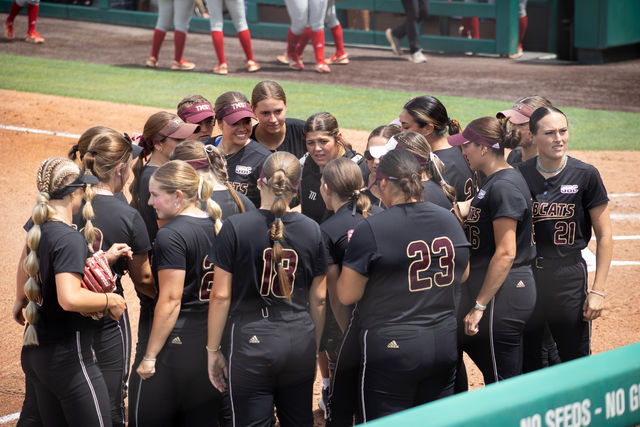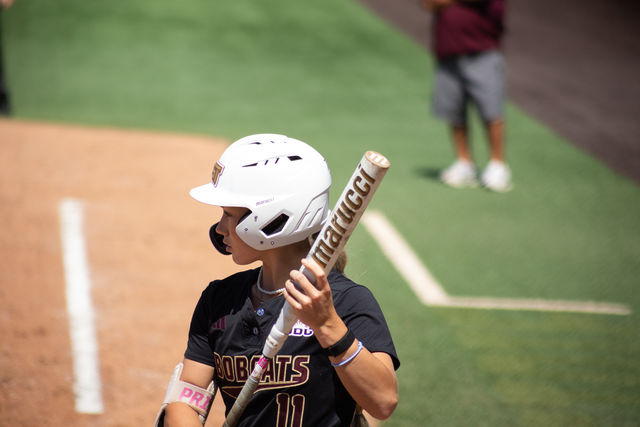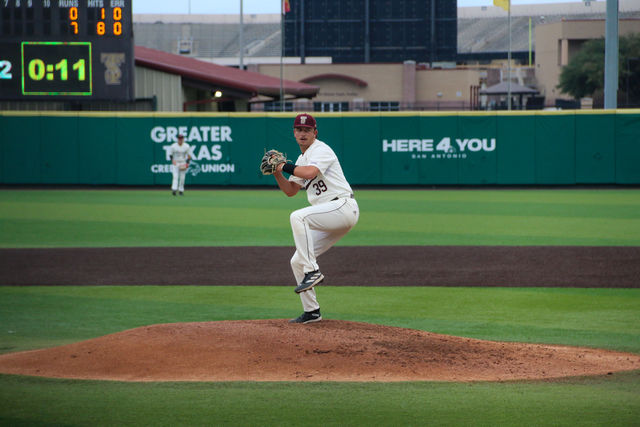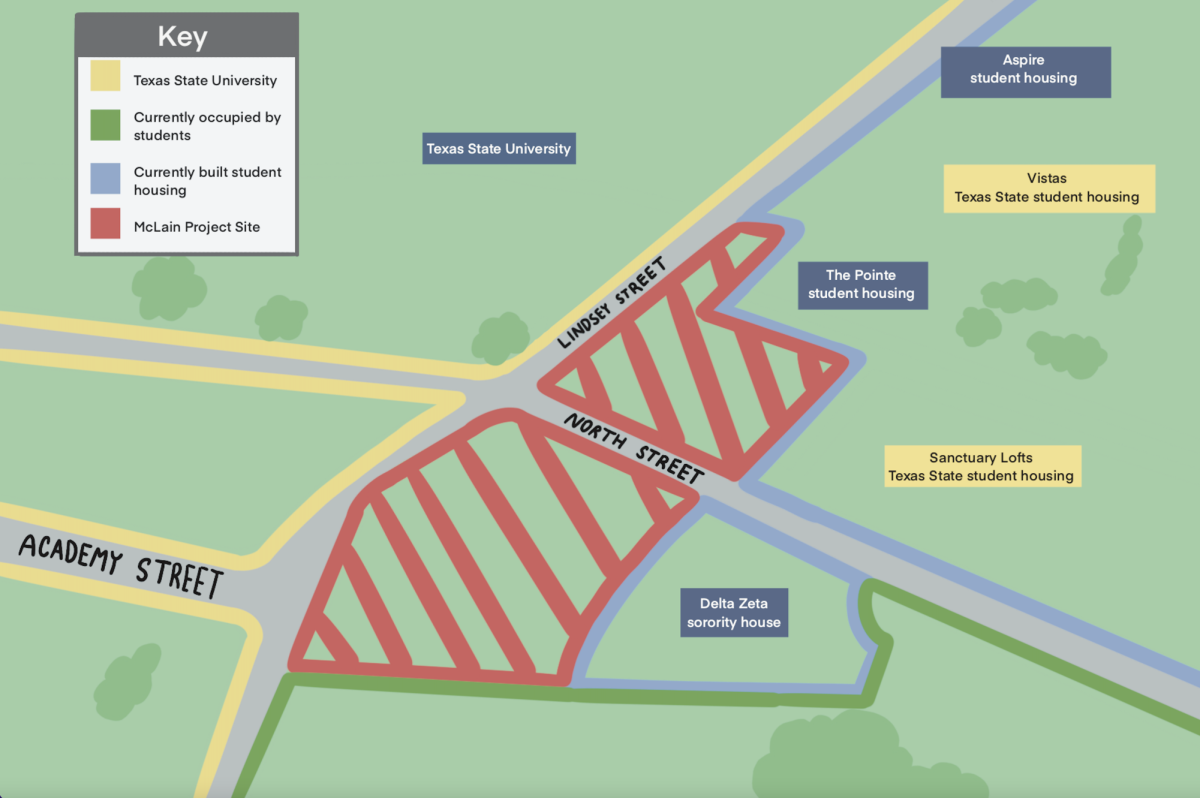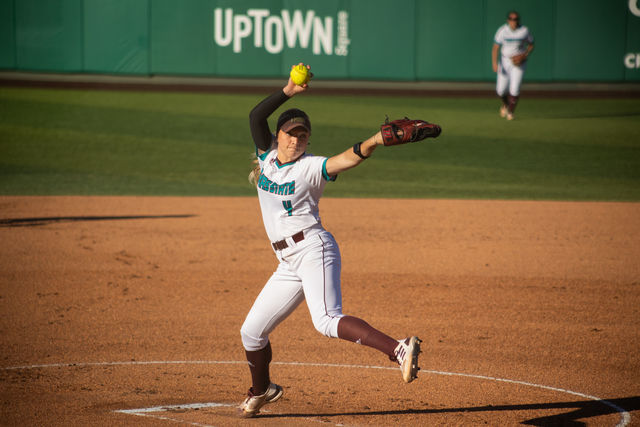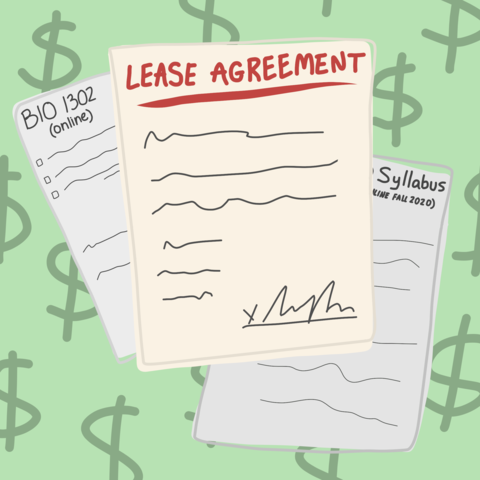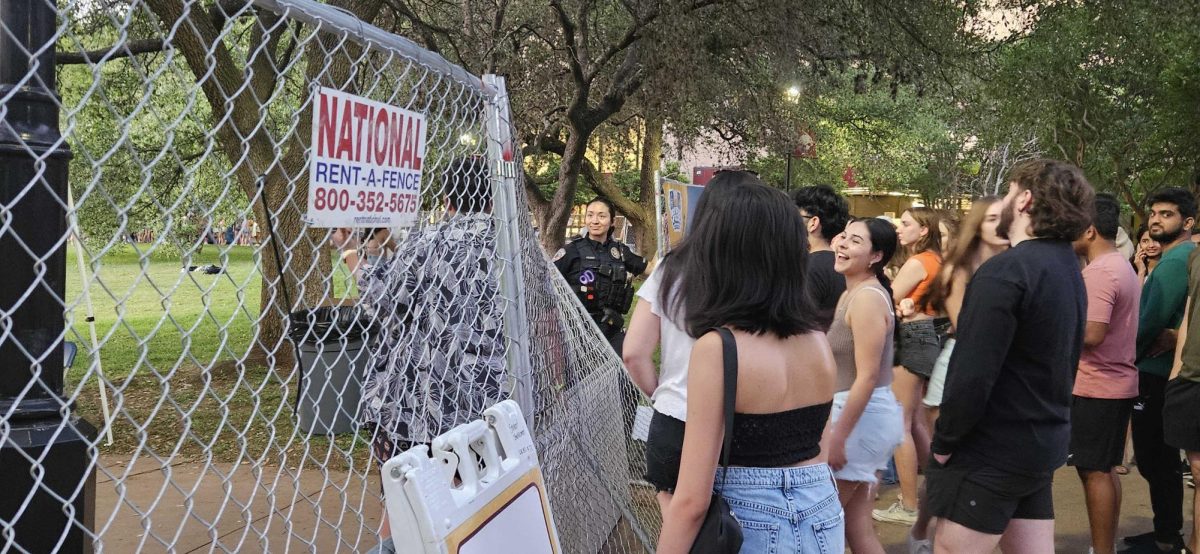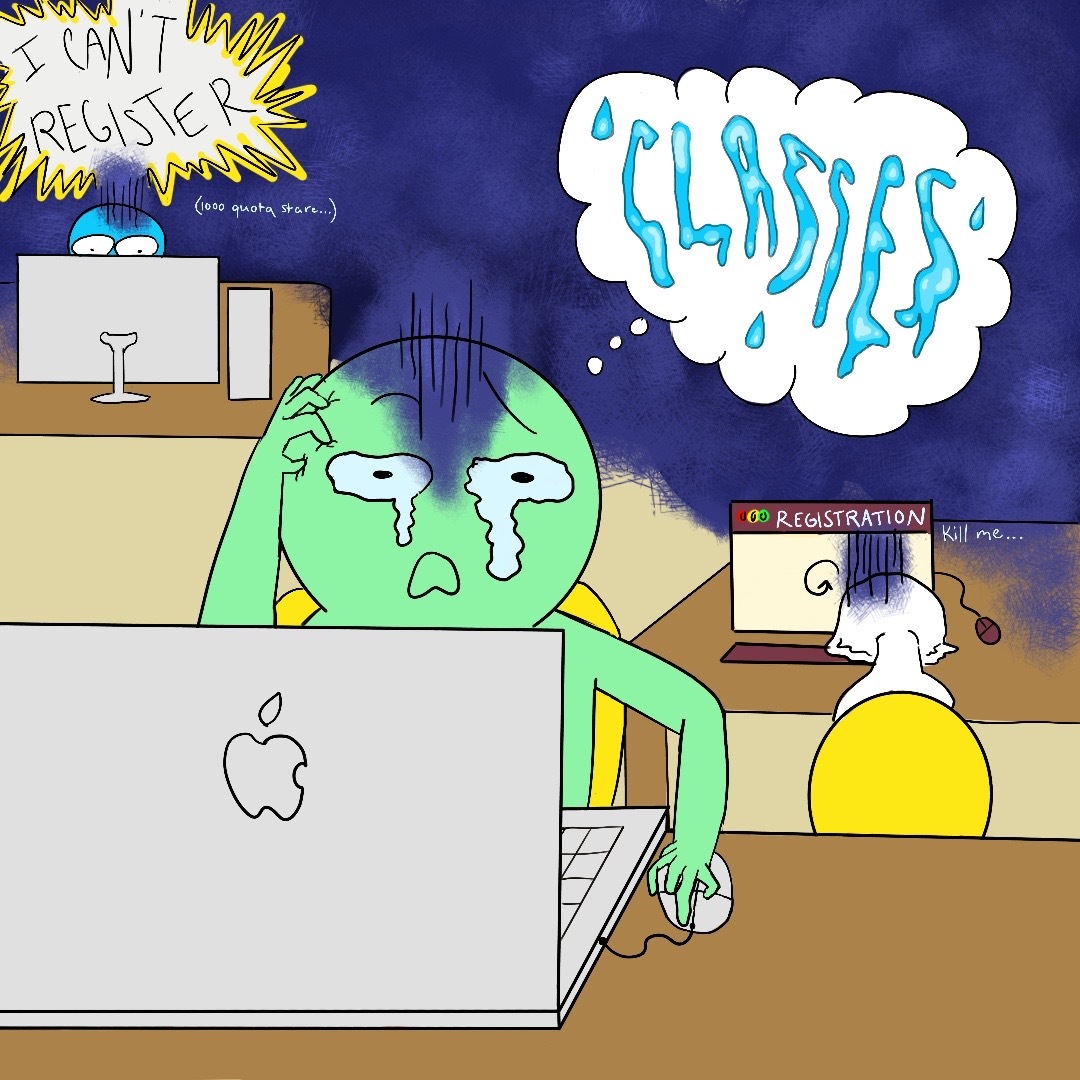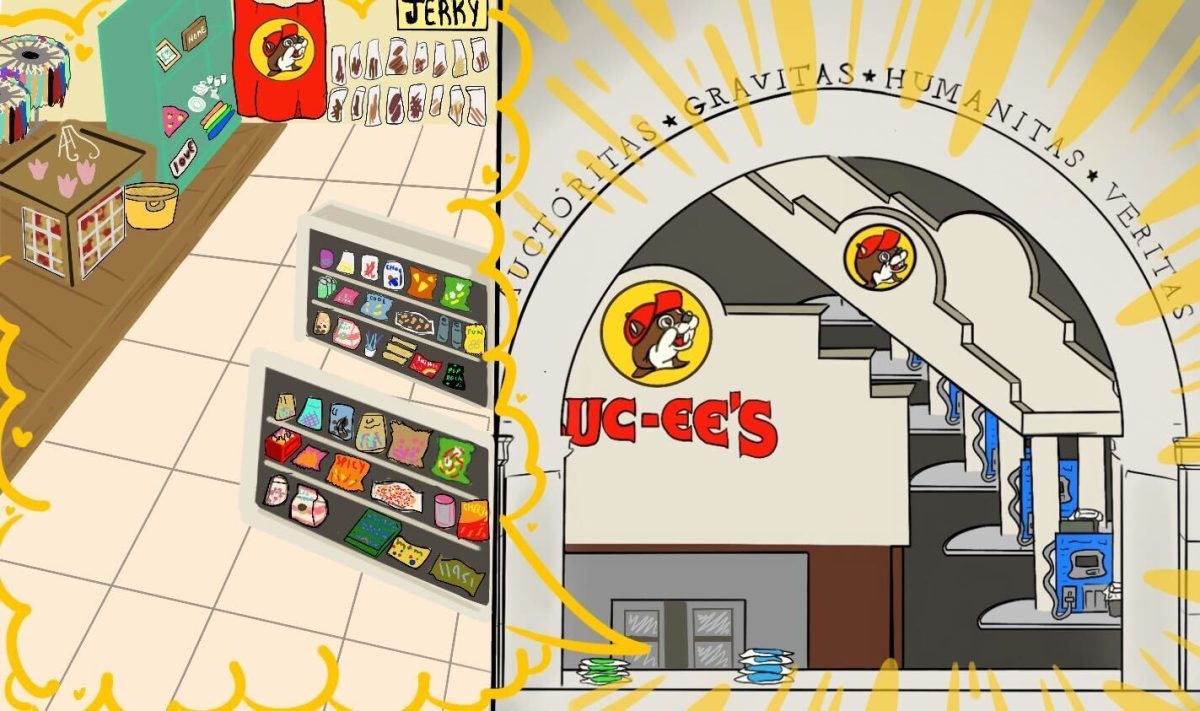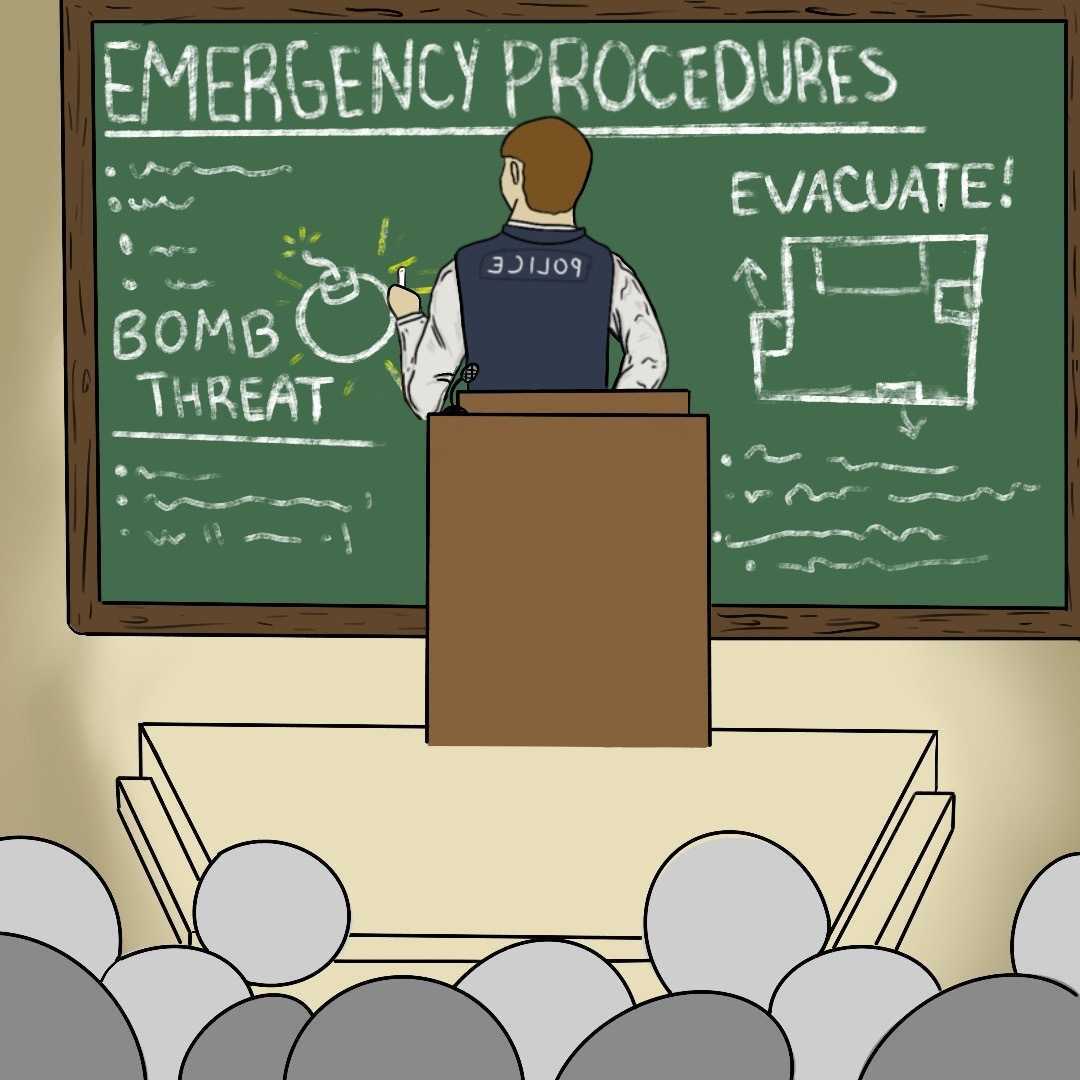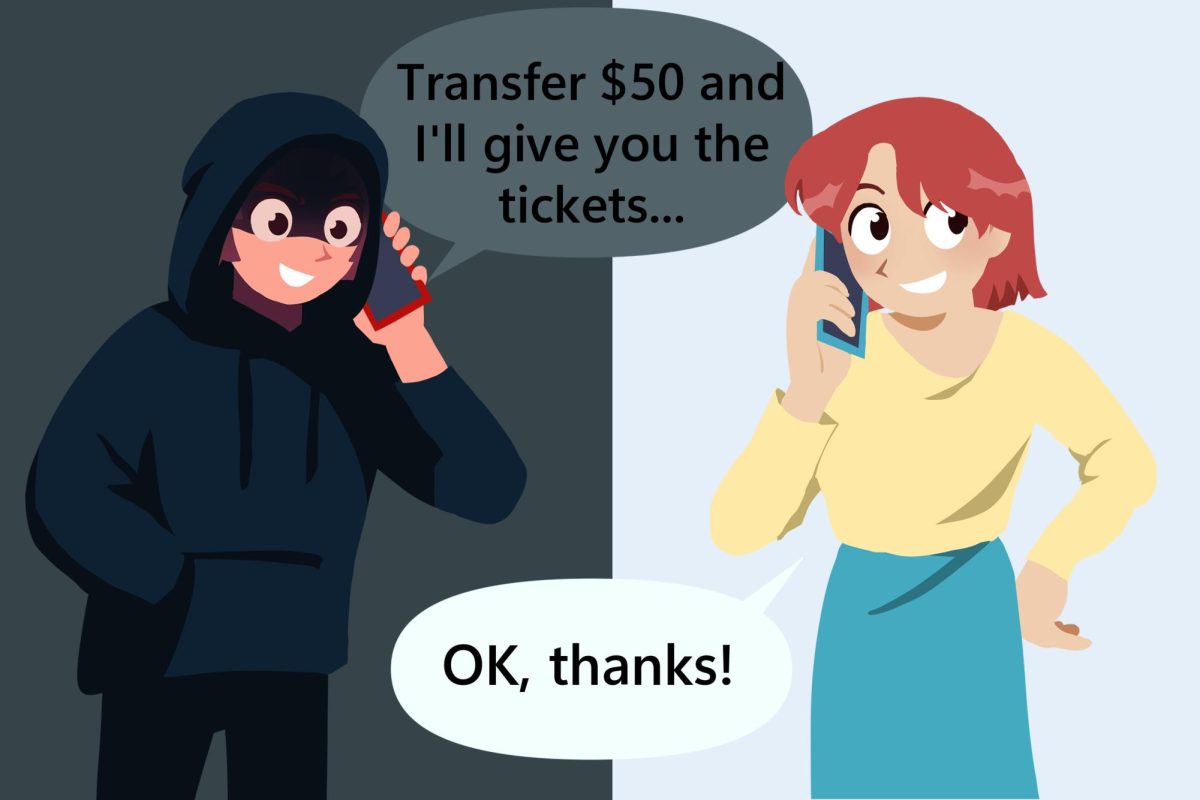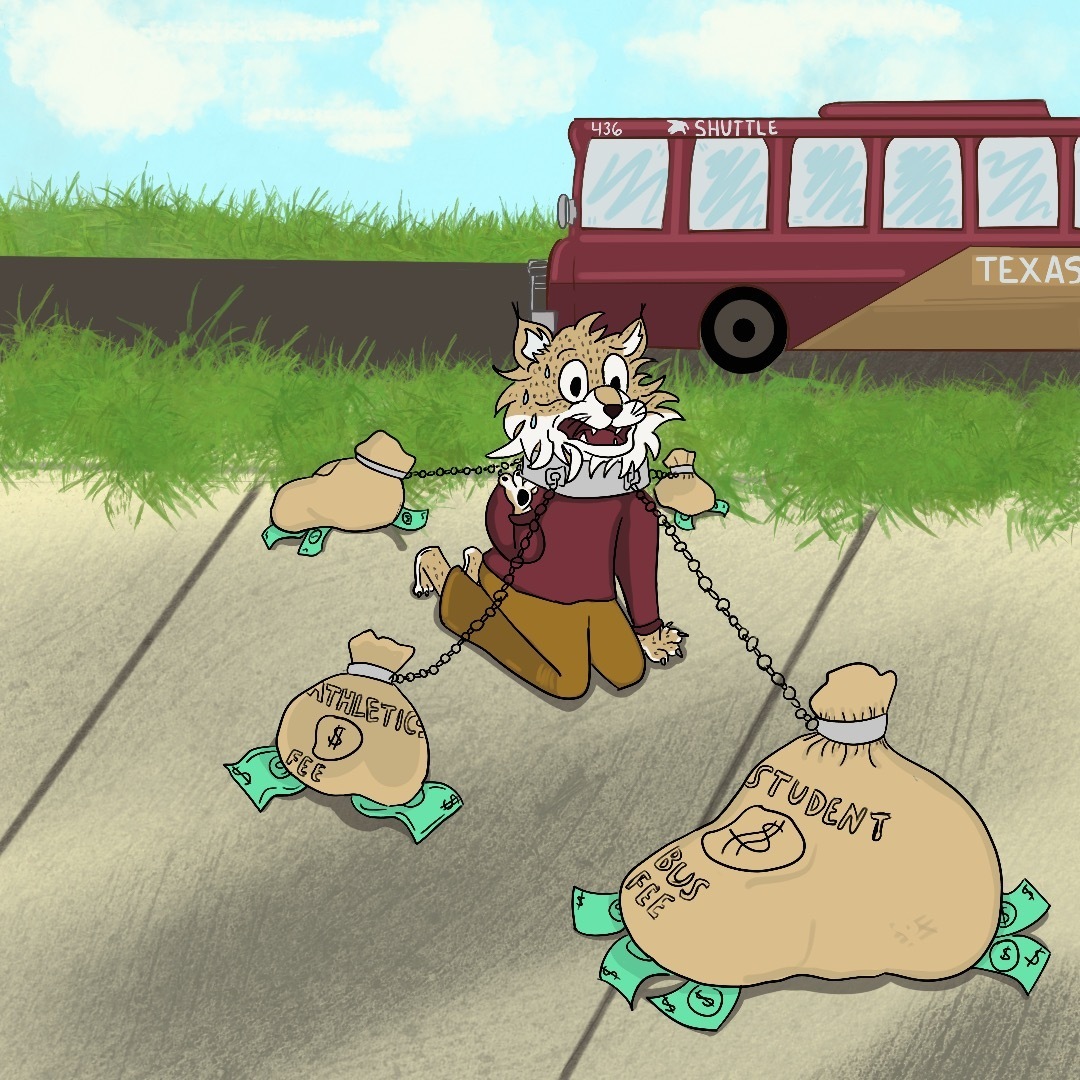Texas State students find themselves questioning if their housing contracts and apartment leases were worth the extra expense of living on or near campus as the COVID-19 pandemic runs rampant through San Marcos and Hays County.
Student residents should have the ability to opt-out of year-long leases amid the pandemic as it is unreasonable to expect them to risk their health to stay in San Marcos where many of their classes are remote and the threat of a campus outbreak remains likely.
Students who signed leases before COVID-19 have a few options for moving forward with their living arrangements: Pay an exorbitant one-time fee to exit the lease, sub-lease their apartment or pay for a place they will not be living in, none of which are ideal circumstances.
As mentioned, students can break out of a lease if it is the last resort; though, the process often results in large expenses. Each situation varies per the lease agreement.
In general, terminating a lease will typically cost more than one installment of rent for the tenant—an inordinate amount that college students may not have the means to pay. Holding students to a lease they signed before the pandemic—without the students moving in— is a ridiculous money grab by apartment complexes that should not be allowed to take place.
Students can try to find someone to take over their lease, known as a sublease, but this is also a difficult task given the number of students looking to do so. Under normal circumstances, finding a tenant to take over a lease is already tricky—factor in a pandemic and the effort becomes astronomical.
A popular Facebook group that focuses solely on posts related to subleases, roommate searches and student housing in San Marcos is riddled with students frantically searching for tenants to take over their leases. Students who find themselves not coming back to Texas State use this as a means to find a willing tenant. Right now, the group proves to be useless due to the high demand.
With both of these options—breaking out of a lease or subleasing—virtually impossible, students are more than likely stuck paying for the full term of their lease, regardless of them moving into the apartment or not. Students who fear for their safety on campus should be able to opt-out of their leases. With many of them unemployed due to the pandemic and the government refusing to give them federal aid, they do not have the means to pay for a full-term lease.
In fact, millions across the U.S have found themselves unemployed due to the pandemic. It is reasonable to assume that thousands of students are also in the same unstable situation. Students were also among the groups left out of the 2020 stimulus bill, and they are expected to be left behind again should another stimulus package come around.
With other universities across the country experiencing a rapid surge in COVID-19 cases just days after welcoming their students back on campus, it is safe to assume Texas State will be in a similar situation soon, meaning students face the risk of being sent home again, abandoning their dorms and apartments along the way. According to Texas State’s COVID-19 dashboard, 39 total students and staff/faculty reported testing positive during the first week of classes.
Many students sign their leases several months before the move-in date. On average, the best and cheapest months to sign a lease are between December and March. Speaking to various apartment complexes in San Marcos who asked to remain anonymous, most new tenants sign their leases between the months of December and February.
The pandemic took off in early March, and students were informed of the abrupt change in course delivery during spring break. There was no way for those who signed their leases early to know what their living situation would be like months later. The current circumstances make that commitment to a year-long contract subject to debate.
Without in-person course delivery, living on or close to campus is no longer an appeal that drives students to come back and stay in San Marcos, because they can attend classes from the comfort and safety of their homes. It is illogical to expect students to pay for a full-term lease when the possibility of a return to remote instruction remains high.
A worldwide pandemic is not often detailed through the small print of an apartment lease; now is the time to change that.
Of course, landlords and apartment complexes depend on the leases that students sign. Even the eviction process is a lengthy and costly one. Should a student wish to break their lease, the landlords are placed in difficult financial positions. However, apartments, still collecting thousands of dollars in rent money from students who do not mind returning, are more likely to rebound.
Students should be given an opportunity to opt-out of their leases to continue staying home and keep themselves and their families safe. The pandemic has turned the entire nation upside-down, and college students should be able to do what is the best fit for them and their safety.
– Valeria Torrealba is a public relations junior
The University Star welcomes Letters to the Editor from its readers. All submissions are reviewed and considered by the Editor-in-Chief and Opinion Editor for publication. Not all letters are guaranteed for publication.

